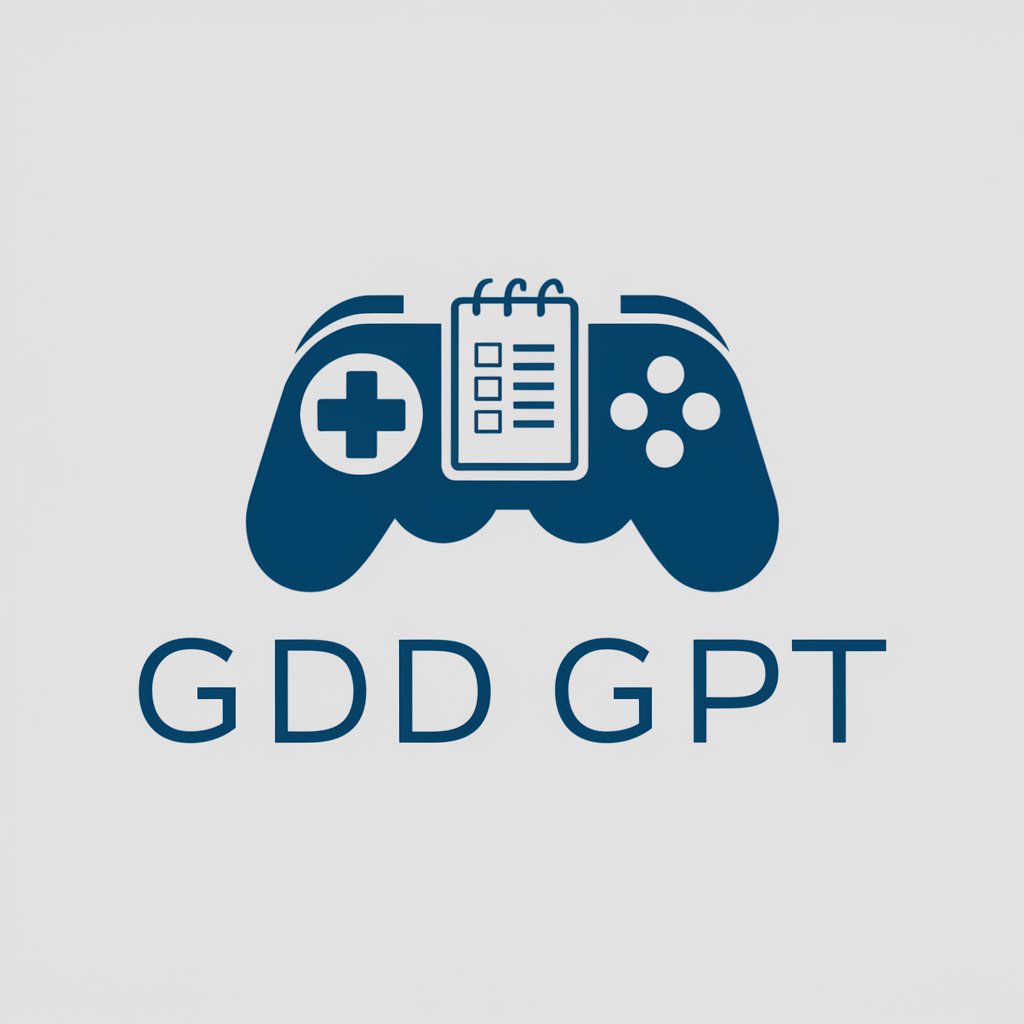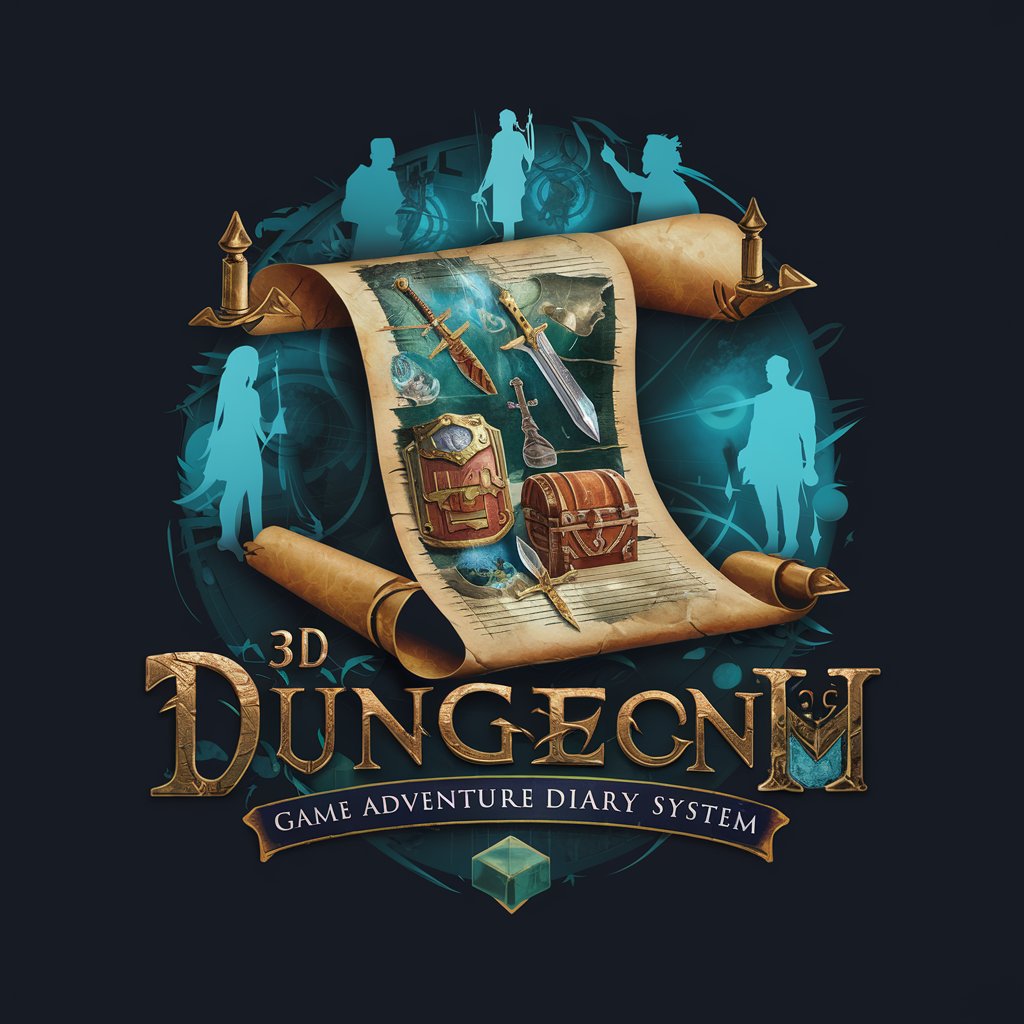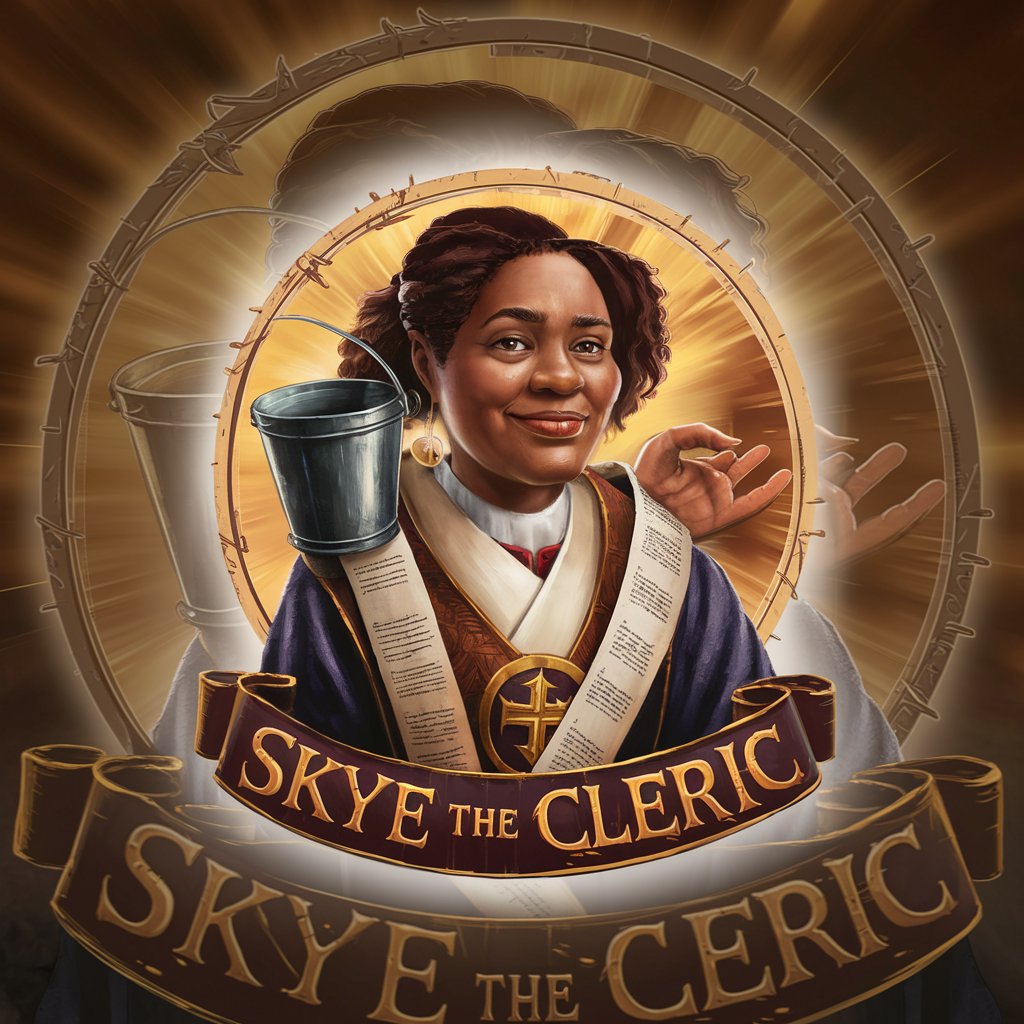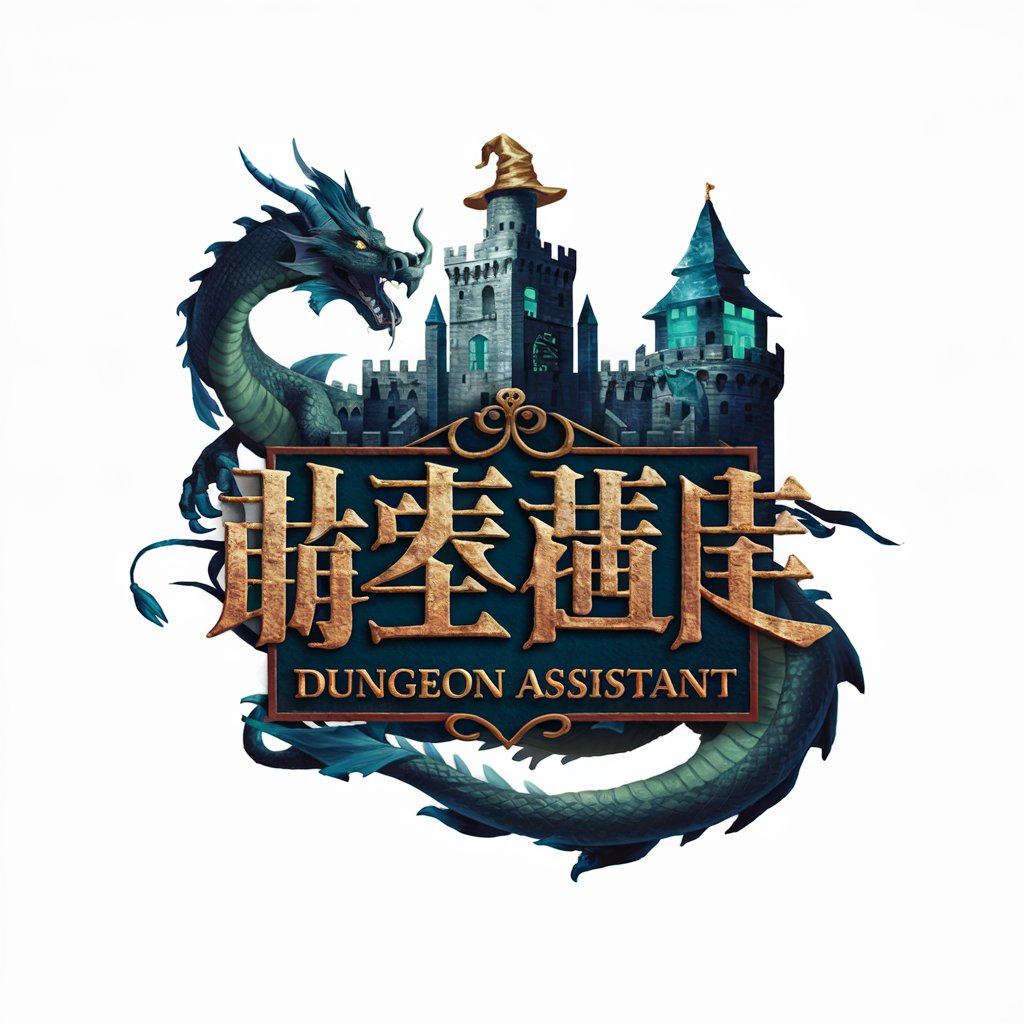5 GPTs for Game Storytelling Powered by AI for Free of 2025
AI GPTs for Game Storytelling are advanced generative pre-trained transformer models tailored for creating and enhancing narratives in video games. These tools leverage the power of AI to generate dialogues, plot twists, character backstories, and entire game worlds, offering a dynamic storytelling experience. By understanding and generating human-like text, GPTs can craft stories that adapt to player actions, making each gaming experience unique. Their role in game development is increasingly crucial, providing scalable, personalized content creation solutions.
Top 5 GPTs for Game Storytelling are: GDD GPT,Story Weaver,キャラクターの冒険日記,Skye The Cleric,地下城助手
GDD GPT
Craft Your Game Vision with AI

Story Weaver
Crafting Stories, Powering Imagination

キャラクターの冒険日記
Bring Your Adventures to Life with AI

Skye The Cleric
Divine Guidance, Whimsical Twists

地下城助手
Bringing Your Fantasy Worlds to Life

Key Characteristics and Capabilities
AI GPTs for Game Storytelling stand out with their adaptability and versatility, offering features from generating rich, engaging storylines to creating detailed character dialogues. They support multiple languages, accommodate various narrative styles, and can simulate complex interactions within game environments. Special features include the ability to learn from game data, providing technical support for integration, and capabilities for web searching to enhance storytelling elements. Additionally, some GPTs come with image creation tools, enabling the visualization of game characters and settings directly from text descriptions.
Who Benefits from Game Storytelling AI
These AI GPTs tools cater to a wide audience, including game developers, writers, and designers at all skill levels. Novices can use them to experiment with storytelling elements without needing advanced programming knowledge. At the same time, seasoned professionals can leverage their capabilities for complex narrative development and customization, enhancing the depth and interactivity of game worlds. Additionally, educators and students in game design courses can benefit from these tools for learning and teaching purposes.
Try Our other AI GPTs tools for Free
Java Learning
Discover how AI GPTs for Java Learning can transform your programming journey with personalized tutorials, real-time coding assistance, and interactive learning experiences.
Writing Help
Discover how AI GPTs for Writing Help can transform your writing process with advanced text generation, personalized assistance, and versatile tools designed for writers of all levels.
Graphics Enhancement
Discover the future of digital imaging with AI GPTs for Graphics Enhancement, offering cutting-edge solutions for creating and enhancing graphics effortlessly.
Custom Scenarios
Discover the transformative potential of AI GPTs for Custom Scenarios, tools designed to tailor AI solutions to your specific needs, enhancing efficiency and creativity.
AI Animation
Discover how AI GPTs are revolutionizing animation, offering tools for script generation, storyboard creation, and more, tailored to both novices and professionals.
Benefits Information
Discover how AI GPTs for Benefits Information transform the management and understanding of benefits, offering tailored, efficient, and secure solutions.
Further Exploration into AI-Driven Customization
AI GPTs for Game Storytelling not only enhance narrative depth but also offer a gateway to innovative gameplay experiences. They enable creators to build worlds that respond to player actions in real-time, pushing the boundaries of interactive storytelling. Moreover, with user-friendly interfaces, these tools are becoming increasingly accessible, allowing for broader experimentation and creativity in game design. Integration with existing systems streamlines the development process, making it easier to bring complex and engaging stories to life.
Frequently Asked Questions
What exactly can AI GPTs for Game Storytelling do?
They can generate dialogues, plot developments, character backgrounds, and even entire game narratives, adapting dynamically to player choices.
Do I need programming skills to use these tools?
Not necessarily. While having coding knowledge can enhance customization options, many tools are designed with user-friendly interfaces for those without a technical background.
Can these tools generate game graphics?
Some GPTs come with image creation capabilities, allowing for the generation of character and setting visuals based on textual descriptions.
How do these AI tools adapt narratives to player choices?
They utilize machine learning to analyze player actions and decisions, dynamically adjusting the game's storyline to reflect these choices.
Can I integrate AI GPTs with my existing game development tools?
Yes, many AI GPTs offer APIs and support for integration with popular game engines and development platforms.
Are there customization options for more experienced developers?
Absolutely. Developers can access advanced settings, utilize programming interfaces, and even train the AI on specific datasets to tailor the storytelling to their game.
What languages do these AI GPTs support for storytelling?
Most tools support multiple languages, making them versatile tools for developing games for a global audience.
How do I get started with using AI GPTs for my game?
Begin by exploring tools that fit your game's genre and narrative style. Many platforms offer tutorials and documentation to help you integrate AI storytelling into your project.